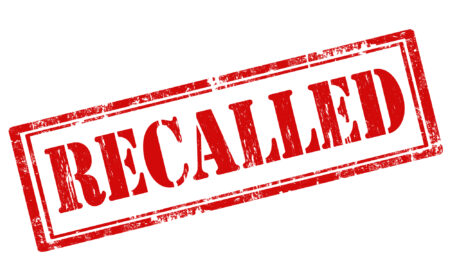As we look back over the last decade since we founded VUEMED in 2008 to address problems in hospitals related to inventory management and supply chain problems, the same challenges are still staring back at us – unsolved and, for the most part, still unacknowledged. Plenty of us talk about how healthcare is broken and how much waste there is. But the time has come for us all to look at ourselves soberly in the mirror and realize that, yes, something fundamentally needs to change, but that we must each take responsibility for that change rather than leaving it to time or chance – or others. Because continuing to do more of the same while expecting a different result, well…you probably know that one.
We’ve spent the last ten years living and breathing the challenges of the healthcare supply chain and clinical inventory management. Not the sexy stuff like blockchain or “big data” or artificial intelligence and machine learning, although of course we’ve followed them like everyone else watching those trends. Here’s the thing we’ve learned: trends come and go, but the fundamentals still need to be addressed, and without addressing them, you can’t hope to take advantage of whatever trend you believe will let you leapfrog into the future you’re envisioning.
But there are many other fundamentals worth discussing that are not currently being addressed in healthcare, so why the supply chain? Because, arguably, this is the easy part of the healthcare system, not to mention the fact that it’s a key component of every aspect of care delivery. After all, we’ve invented incredible ways to treat and cure human beings….surely we can figure out how to get stuff from point A to point B in a cost-effective way, knowing which human body it went into and without losing track of the item in the process.
So, here’s our assessment of the state of affairs on the fundamentals in the healthcare supply chain, which hasn’t really changed since we began this work in 2008:
1. Endemic waste;
2. Poor and error-ridden documentation at the point of care; and
3. Lack of transparency on basic information like what’s in stock and where it is.
Like many others (hopefully!), we’re feeling a strong sense of urgency in the need to move the needle and seriously accelerate the rate of change. Let’s start by addressing these core fundamentals in a practical and actionable way.
We will be posting a short series of articles about the underlying causes of these supply chain problems, why these problems have been allowed to persist, and how we should be tackling them if we are truly committed to change.
Stay tuned and please join the discussion.





